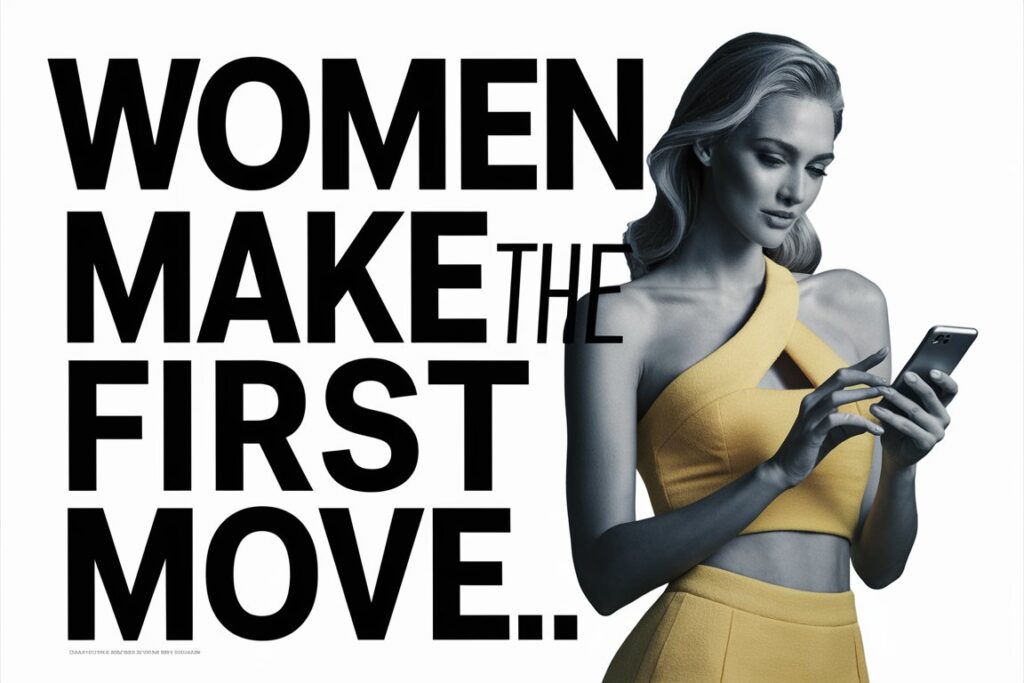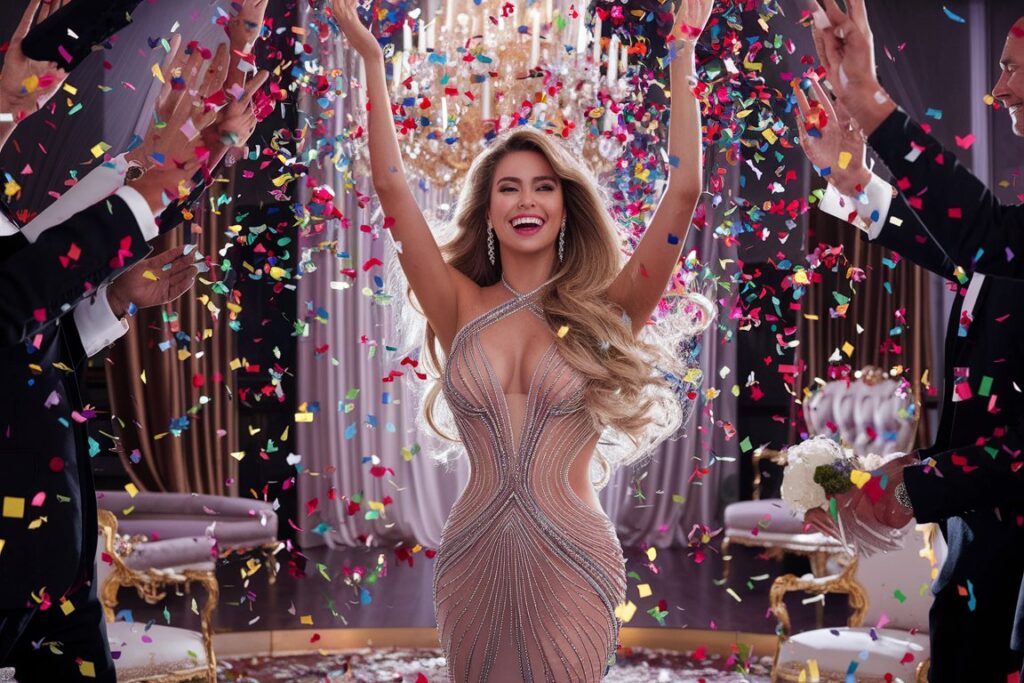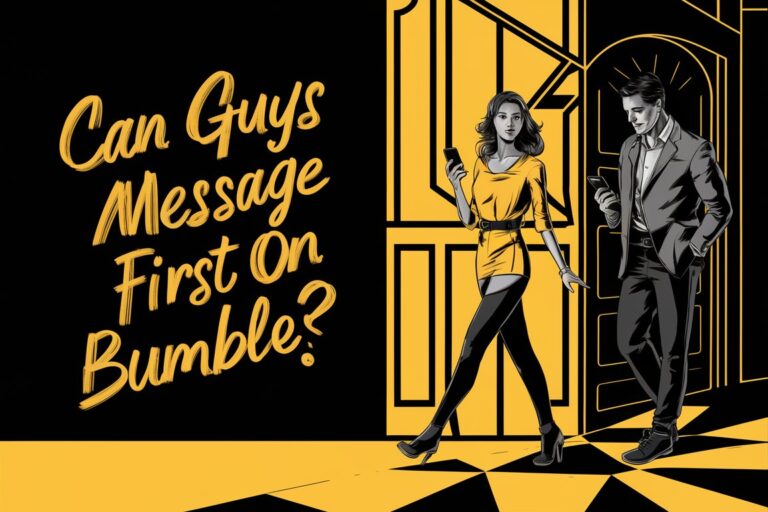Bumble has shaken up the online dating world once again by announcing a new feature called “Opening Moves“.
For nearly a decade, Bumble has stuck to its signature “women make the first move” model. This feminist approach was pioneering when Bumble was first launched, positioning it as a refreshing alternative to antiquated dating app dynamics.
But now, under new CEO Lidiane Jones, Bumble is ready to turn tradition on its head once more. With Opening Lines, women can choose to either retain the driver’s seat or pass the mic to their prospective match if they prefer.
So do guys finally get to message first on Bumble? Almost! Keep reading as we break down exactly how this intriguing new option works.
A Dating App Trailblazer

First, let’s consider why Bumble’s women-centric messaging model caused such a stir in the first place.
Back in 2014, Bumble founder and former CEO Whitney Wolfe Herd was a co-founder of market leader Tinder. But she left the company and filed a sexual harassment lawsuit against fellow co-founder Justin Mateen.
The experience left Whitney determined to create a safer, more empowering dating app for women. She envisioned a platform where women could control the conversation from the get-go, rather than facing unwanted advances from matches.
So Whitney launched Bumble in 2014. The app quickly captured the zeitgeist with its signature model:
“Women make the first move.“
This motto meant that only female users could initiate contact with matches on heterosexual pairings. Once connected, either party could message freely. But men had to wait to be contacted first.
The approach was hailed as groundbreaking. It shifted antiquated dynamics where men typically initiated a conversation, sometimes aggressively flooding women’s inboxes with unwelcome overtures.
Bumble’s twist gave women more confidence in dating app interactions. They could progress conversations at their own pace rather than reacting to a barrage of male attention.
The app attracted over 100 million users by 2021. Meanwhile, other dating platforms incorporated women-first messaging options inspired by Bumble’s breakout success.
For years, “women make the first move” remained sacrosanct at Bumble HQ. But now, the app is ready to subvert expectations once again.
Bumble’s Surprise New Direction
Recently, company founder Whitney Wolfe Herd shocked the business world by stepping down as CEO. Her successor? None other than former Slack executive Lidiane Jones.
As an immigrant woman of color, Lidiane brought diverse leadership experience to the table. After succeeding Whitney as CEO, Lidiane worked closely with the Bumble board to chart a new course for the company.
That strategy led directly to this week’s announcement: a major app relaunch introducing the game-changing Opening Moves feature.
So what happens when women activate Opening Moves? Essentially, they reverse the typical Bumble messaging flow by prompting matches to initiate.
Here’s an example:
Woman’s profile: “A crazy Saturday night for me looks like…”
Man’s opening line: “A crazy Saturday night for me looks like a wine and cheese party with my favorite true crime podcasts!”
Rather than messaging first per usual Bumble protocol, the woman sets an inviting prompt. Then it’s up to her match to spark conversation by responding creatively.
The woman retains control over whether opening moves are enabled. But by activating the feature, she signals that she’s open to giving her matches the power to kickstart the dialogue on a particular topic.
This is a major departure from Bumble’s longstanding women-in-charge messaging model. So why overhaul such a core part of the app’s identity?
The Future of Online Dating

CEO Lidiane Jones believes online dating apps need to adapt to shifting demands in the 2020s dating landscape. With so many singles experiencing app fatigue, platforms can’t rest on their laurels. They must continue innovating to spark meaningful interactions that successfully transition offline.
Bumble’s research showed that while women still strongly value safety and respect, they don’t necessarily wish to lead every single conversation. That’s where the flexibility of Opening Lines comes in – it becomes one potential pathway to more organic, authentic dating dynamics.
Rather than abandoning its signature voice, Jones sees these changes as progressing Bumble’s founding mission. The priority remains empowering women with choices in how connections unfold. Opening Moves simply allocates some of that choice to users themselves, reflecting the diverse preferences of today’s female dating app users.
This new direction aligns with larger cultural conversations questioning historical assumptions about gender roles. Just as women can confidently initiate dates IRL, those who prefer their matches to kickstart convos shouldn’t feel pressured into always messaging first online.
Bumble’s relaunch signals acknowledgment that no one-size messaging model fits all. Including more voices at the leadership table clearly influenced the product’s continuing evolution.
The Takeaway: A Dating App in Flux
A once ironclad “ladies first” messaging policy now features more flexibility. This shift mirrors wider generational re-examinations around gender assumptions.
Yet Bumble’s core tenet remains female choice. The app simply acknowledges that no perspective represents all women or matches. By expanding options, Bumble can better meet diverse dating preferences.
In Bumble’s next chapter, the sting remains – but who leads each dance is up to the Queen bees.
So what do you think? Are you ready to let matches message you first thanks to Opening Lines? Or will you stick to old school Bumble protocol and keep firing off those witty conversation starters?

